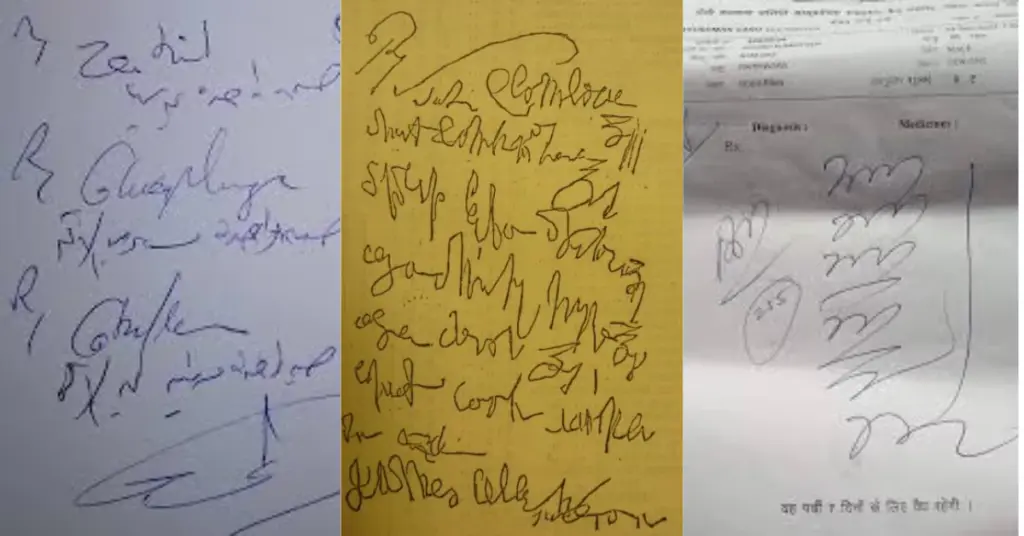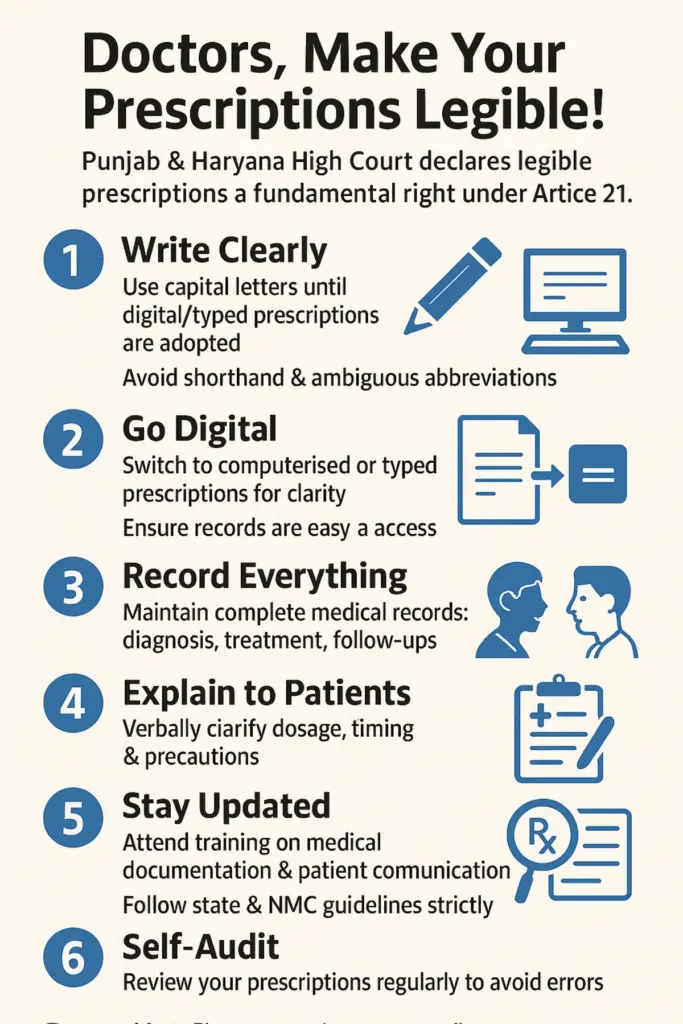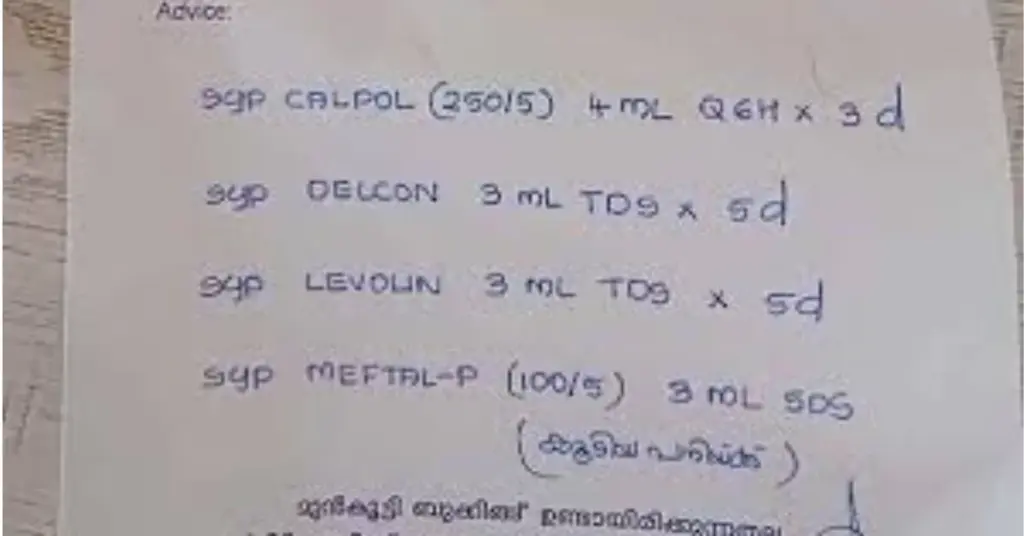Punjab & Haryana HC: In a landmark judgment, the Punjab and Haryana High Court has declared that receiving a legible medical prescription is a fundamental right under Article 21 of the Indian Constitution. This ruling mandates that all medical prescriptions and diagnoses be written in capital letters until computerised or typed prescriptions are adopted. The court emphasised that ambiguity caused by illegible handwriting can endanger patient health and safety.
Punjab & Haryana HC: Legal Background
In 2024, the court started suo motu proceedings, taking the preliminary view that patients’ right to understand medical prescriptions issued by doctors could be considered a fundamental right. The court asked for responses from the Centre, Punjab, Haryana, and Chandigarh on this issue.
The August 27 judgment came during an anticipatory bail plea in a rape case in Haryana, where the accused allegedly lured the victim with a job offer. When the medico-legal record was reviewed, the court found that “not a single word or letter was legible.”

Punjab & Haryana HC: Doctors Must Fix Their Handwriting
The court’s directive came after an anticipatory bail plea where the medico-legal record was found to be entirely illegible.
Justice Jasgurpreet Singh Puri noted that in today’s technological era, handwritten prescriptions that are unreadable undermine the patient’s right to know their medical status.
The court ordered that “all medical prescriptions and diagnoses be written in capital letters until computerised or typed prescriptions are implemented”.

Court Orders Legible Prescriptions
The bench emphasised that the right to life must be interpreted in a way that respects human dignity. Courts must ensure equal rights in line with social changes.
It held that the right to life and personal liberty under Article 21 includes the right to health, which also covers the right to legible medical prescriptions, diagnoses, and treatment records.
This aligns with previous judgments by the Supreme Court and high courts, highlighting the importance of clear medical prescriptions without ambiguity.
By mandating legible handwriting, the court aims to prevent potential medical errors and ensure that patients can make informed decisions about their treatment.
Read Also: NMC MBBS Expansion 2025: Why 808 Colleges & 123700 Seats Can’t Fix Broken Medical Education System?
The Government’s Response
Haryana informed the court that on May 27, 2025, the government had instructed all doctors to write diagnoses and prescriptions in capital or bold letters until computerised or typed prescriptions are fully adopted.
Civil surgeons were asked to ensure that doctors follow these instructions strictly. Punjab issued similar instructions on May 28, 2025, and Chandigarh had already issued guidelines in March 2025 for legible prescriptions in capital letters.
The Centre said it is considering guidelines on minimum standards for medical facilities and services.
Impact on Healthcare Practices
The court’s decision has significant implications for healthcare practices not only in Punjab, Haryana, and Chandigarh but also all across India.
Doctors are now required to write prescriptions in capital letters, and efforts are being made to transition to computerised or typed prescriptions.
The court has directed the states to coordinate with the State Medical Commission to sensitise doctors and hold periodic meetings to ensure compliance.
Read Also: AI & Modern Technology in Indian Medical Education: Trends, Challenges & Future Roadmap
Moving Towards Digitalisation
Recognising the limitations of handwritten prescriptions, the court has called for a comprehensive policy to promote digitalisation in healthcare.
The states are encouraged to provide financial assistance to clinical establishments to facilitate the adoption of computerised systems.
The court has also directed the National Medical Commission (NMC) to include the importance of legible handwriting in medical education curricula.
The Punjab and Haryana High Court’s ruling serves as a wake-up call for the medical community to prioritise clear and legible handwriting in prescriptions.
By ensuring that patients can read and understand their prescriptions, healthcare providers can enhance patient safety and uphold fundamental rights.
The move towards digitalisation in healthcare is a step forward in modernising medical practices and improving patient care.

Read Also: Becoming a Doctor in India: NEET, Struggles & Realities
In conclusion, the Punjab and Haryana High Court’s judgment is more than a procedural directive. It is a reaffirmation that patient safety and the right to information are integral to the right to life under Article 21.
By insisting on legible prescriptions and pushing for digitalisation, the court has set a benchmark for medical accountability, clarity, and professionalism. This ruling not only protects patients from preventable errors but also nudges the healthcare system toward modern, transparent, and patient-centric practices.
Ultimately, it underscores that even something as simple as handwriting carries profound implications for health, dignity, and trust in medicine.

